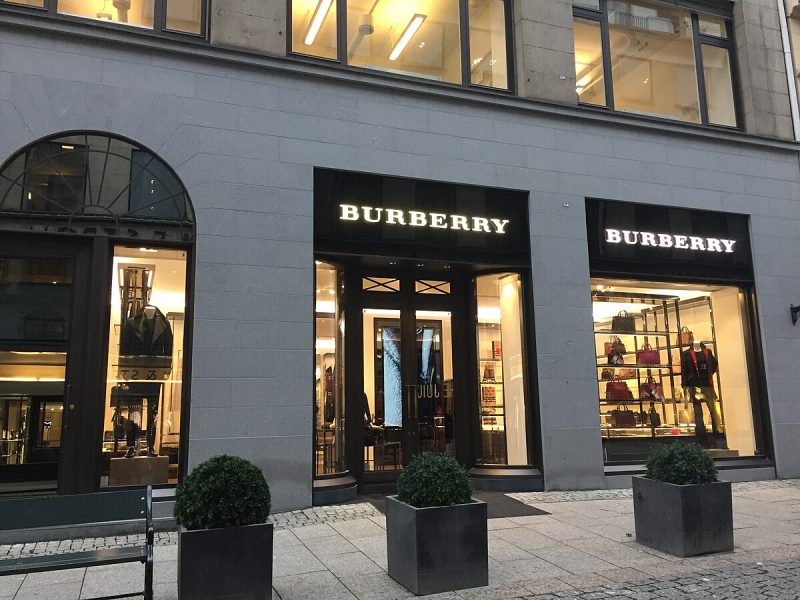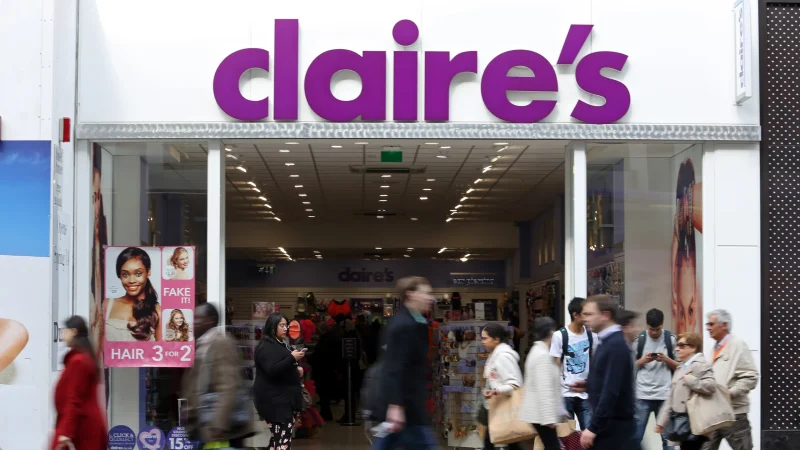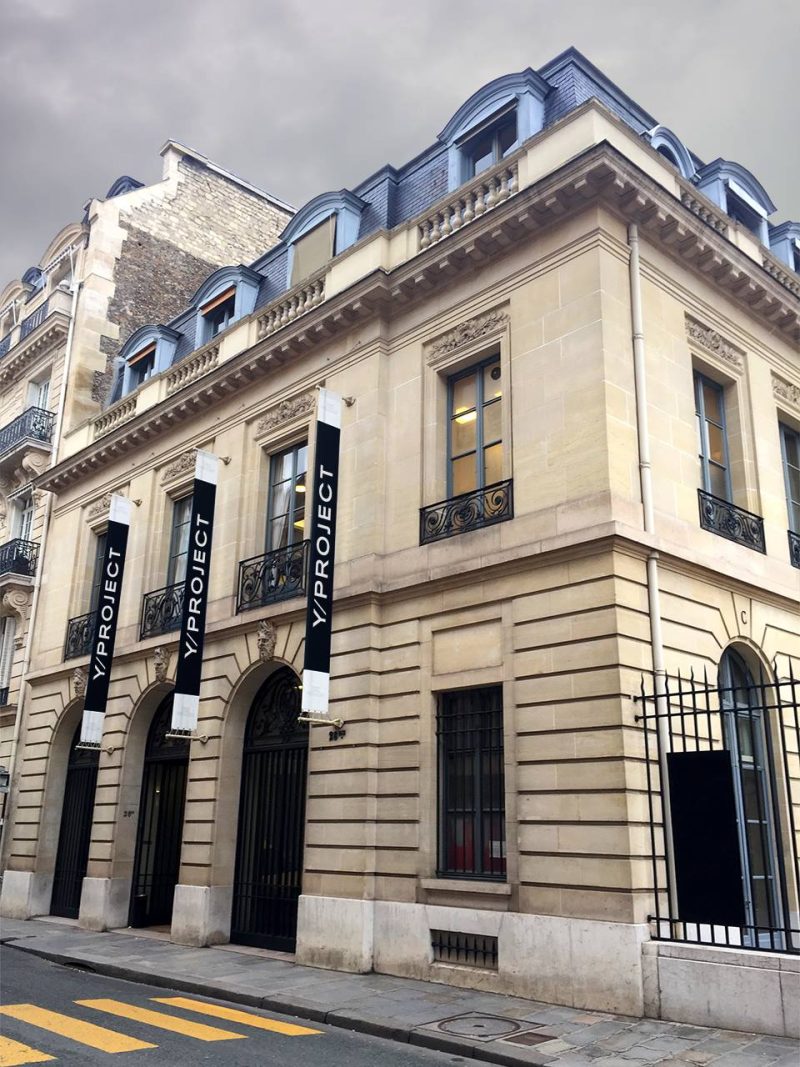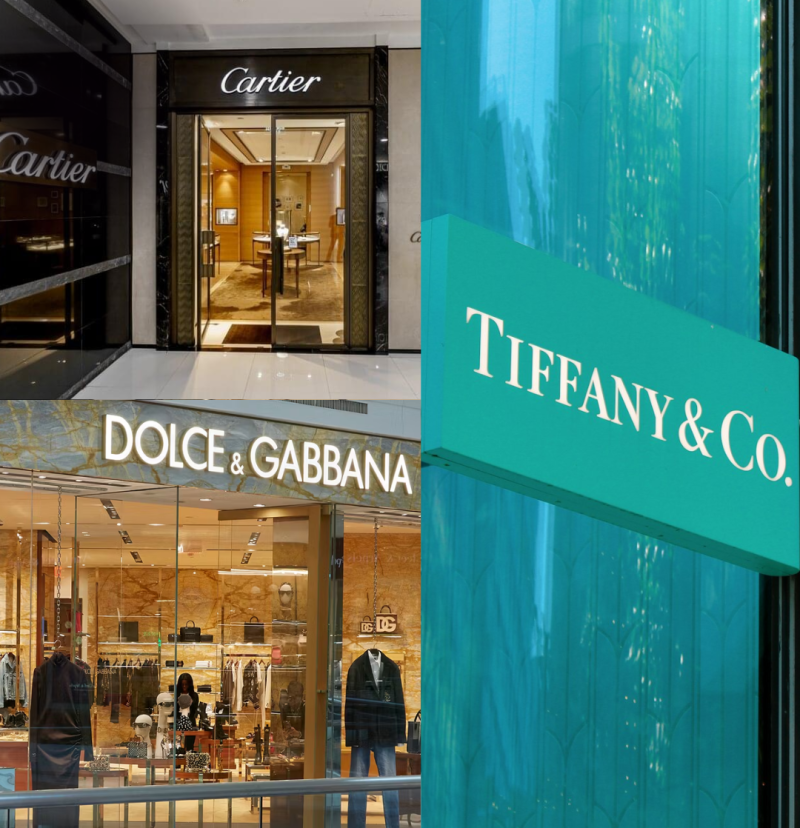In a surprising global trend, several of the world’s biggest and most recognized brands are scaling back operations, shutting down outlets, or fully exiting certain markets. From multinational consumer goods companies to high-end fashion labels, the retail and luxury sectors are facing a powerful wave of consolidation and restructuring.
Economic turbulence, rising operational costs, and evolving consumer behavior are pushing many household names to make tough decisions. What once looked like isolated cases is now emerging as a coordinated retreat — a story of giants stepping back to survive.
The New Reality: Global Brands Quitting Key Markets
In 2025, multiple big names have announced exits or major downsizing efforts around the world. Let’s look at the most notable cases reshaping the global business landscape.
Procter & Gamble (P&G) Exits Pakistan

The consumer goods titan Procter & Gamble has confirmed its decision to exit Pakistan, ending decades of manufacturing and commercial operations in the country. The company, known for brands like Gillette, Head & Shoulders, and Pampers, cited a global restructuring initiative and challenging local market conditions.
P&G will now rely on third-party distributors to serve Pakistani consumers instead of maintaining direct operations. The move shocked the local market, signaling how even global giants are not immune to regional economic instability, currency volatility, and regulatory hurdles.
Burberry’s Costly Reset: Job Cuts and Store Closures

In the luxury world, Burberry is undergoing one of the largest restructuring drives in its history. The iconic British fashion house plans to cut about 1,700 jobs worldwide and close several stores after a steep fall in profits.
The decision comes as the luxury industry experiences slower sales growth and shifting consumer sentiment. Many affluent shoppers are becoming more selective, prioritizing timeless pieces and sustainability over frequent purchases. Burberry’s leadership described the cuts as a painful but necessary step to restore profitability and safeguard long-term stability.
Claire’s: The End of a High-Street Era

Accessories retailer Claire’s — once a go-to name for teens and young shoppers — is closing over 140 UK stores amid financial strain. The closures follow its parent company’s bankruptcy filing in North America, marking a major retreat for a brand that symbolized mall culture for decades.
Falling foot traffic, soaring rents, and the rise of online fashion marketplaces have all contributed to Claire’s downfall. Analysts say it’s part of a wider pattern: physical retail chains with outdated business models struggling to stay relevant in a digital-first world.
Y/Project Collapses: The Fall of a Cult Label

The Paris-based fashion house Y/Project, celebrated for its avant-garde designs and celebrity following, has entered receivership, effectively ceasing operations. Despite critical acclaim, the brand failed to remain financially viable, highlighting how creative innovation alone cannot guarantee survival in today’s market.
Industry observers describe Y/Project’s collapse as a cautionary tale — proof that even beloved boutique labels face mounting challenges as luxury spending cools and production costs soar.
Luxury Brands Retreat from China’s Smaller Cities

Several leading luxury houses — including Tiffany & Co., Dolce & Gabbana, Ferragamo, Loewe, and Cartier — have quietly closed stores in China’s second- and third-tier cities. Instead, they are focusing on major hubs such as Beijing, Shanghai, and Shenzhen, where high-spending clients remain concentrated.
This strategic shift reflects the evolving luxury map of China. While smaller cities once promised growth, declining footfall and a softer post-pandemic economy have made many of these outlets unprofitable. Brands are now consolidating resources in prime locations to maintain exclusivity and profitability.
Why Are So Many Brands Quitting?
The wave of exits and downsizing isn’t random — it’s the result of converging global forces reshaping how brands operate.
- Economic Pressures: Inflation, high rent, and supply-chain disruptions have eaten into margins.
- Digital Transformation: Online shopping continues to dominate, reducing the need for physical retail space.
- Changing Consumer Tastes: Shoppers are more cautious, valuing sustainability and experience over brand status.
- Local Market Challenges: Political instability, fluctuating currencies, and trade restrictions are making certain regions too risky.
- Post-Pandemic Reset: Many companies are still recalibrating after the pandemic boom and bust cycles.
What This Means for the Future?
The story of brands quitting or cutting back underscores a larger transformation in global commerce. The era of endless expansion is being replaced by strategic focus and digital adaptation.
Big corporations like P&G are opting for leaner, distributor-based models. Luxury houses are consolidating their footprints to protect brand prestige. Retailers like Claire’s are fading as online platforms redefine how young people shop.
Experts believe that this wave of exits will continue through 2026, especially in markets where costs are high and growth is slow. Yet, not all is bleak — these retreats could also pave the way for innovation, new business models, and local entrepreneurship to fill the gaps left behind.
Conclusion: The Age of Strategic Retreat
From consumer giants to couture fashion houses, 2025 marks a turning point in global brand strategy. The decisions made today — to quit, to shrink, or to reinvent — will define which companies thrive in the decade ahead.
As brands pull back to survive, a new era of smarter, more focused global business is emerging. The next chapter will belong to those who adapt, digitize, and understand that sometimes, retreating is the first step toward a stronger comeback.
In other news also read about Is the Luxury Brand Industry at a Crossroads?









